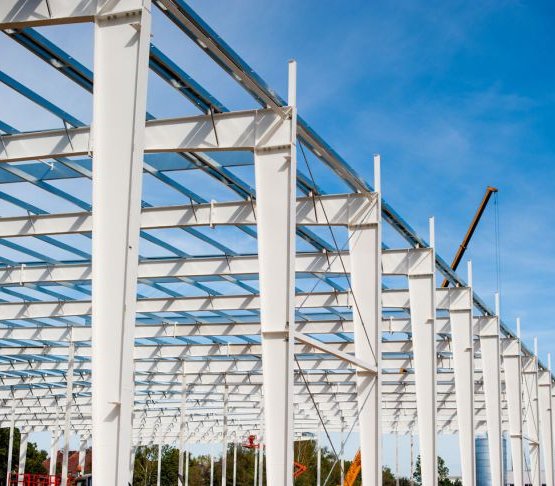In the western word trenchless technologies have been present and widely used for close to twenty years and presently only few need encouragement to choose them over traditional open trench methods. The various technologies within the no-dig industry are constantly being developed and their application and capability range increase, which leads to new record breaking projects described by professional publications worldwide. Still, the last few years opened a new route to the European trenchless market: the eastern countries recently accessed in the EU.
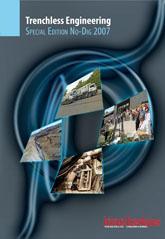
The fast growing economies of countries like Poland, Czech, Slovakia, Hungary, Ukraine, Lithuania and others, have immediately discovered the local need for new, fast and environmentally friendly methods for the renovation and reconstruction of infrastructure. With the membership in European Union comes not only the requirement for acquiring certain standards regarding water treatment and distribution, sewage disposal and environmental protection but also the funds for all the above. In every country a lot is to be done. Tenders are being announced all the time, many local construction companies have redirected their profile into no-dig technology sensing good business, but still there aren't enough of contractors and producers to cover all the work that needs to be done. Big companies from all over Europe arrive and take part. Most of big Polish cities have already signed contracts for millions of euros for the renovation of the many kilometers of old, damaged pipelines, water and sewage networks, usually set in urban, densely populated and industrialized areas where only trenchless methods may be applied. There is enough work for locally owned companies as well as foreign or foreign owned ones. While in Poland and its neighboring countries no-dig market is at its growth, overseas it already celebrates a jubilee. We are happy to congratulate our sister publication in the United States - Trenchless Technology magazine, which celebrates its 15 years in the market. Throughout that time not only has it grown into a popular monthly and spawned six spin-off magazines and a slew of conferences - it also earned the respect of an industry, as the reliable source of information on trenchless news and the best tool for promoting the technology among the construction world. The success of the no-dig technology in America is a proof of how it will grow in popularity in the new countries. As many experts notice, the main argument against the use of no-dig methods such as HDD or microtunnelling - especially in the eastern countries - has always been their cost. Today, however, with the environmental matters taken into account and the modern estimations including the previously ignored indirect construction costs, it turns out that trenchless methods are, after all, the cheaper ones. Not to mention faster and more environment friendly. And the trend, as in America, is going to grow - what with the technology being constantly developed, the materials of better quality and the machines of higher possibilities. The publishing world naturally follows - the more there happens, the more there is to write about and the more people who want to get to know the subject and read. It is as Bernard Krzys - the editor of Trenchless Technology magazine recalls in the last issue: "When we started out, I remember people telling me, 'It's a great idea, but how are you going get enough to write about it'. I don't know how many people told me that. It's funny to hear that now, but it made me nervous in the beginning. In 15 years, we've never run out of ideas, people and stories to write about. Trenchless technology is as fresh and exciting today as it was back then." And even more so in the central east of Europe with the kilometers of water and sewage lines to be rehabilitated or built... In the current issue of Inżynieria Bezwykopowa - Trenchless Engineering magazine, we describe projects underway in Poland. In big cities like Szczecin or Łódź huge contracts for millions of euros have been signed and the biggest contractors in Poland are there.

Foto, video, animacje 3D, VR
Twój partner w multimediach.
Sprawdź naszą ofertę!

Aby dodać komentarz musisz być zalogowany. Przejdź do formularza logowania/rejestracji.
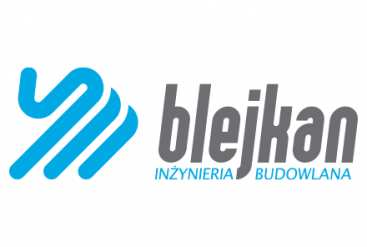
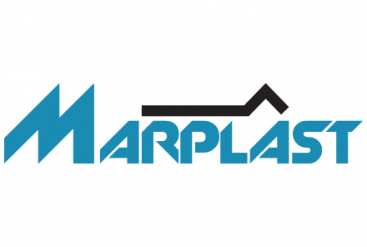
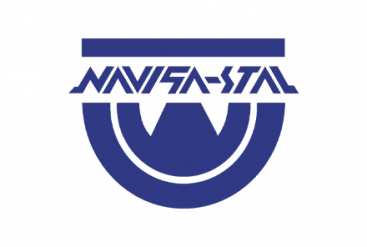







![Czasopismo Trenchless Engineering Special Edition [4]](https://inzynieria.com//uploaded/magazines/ib0s4cover_mid(0).jpg)


